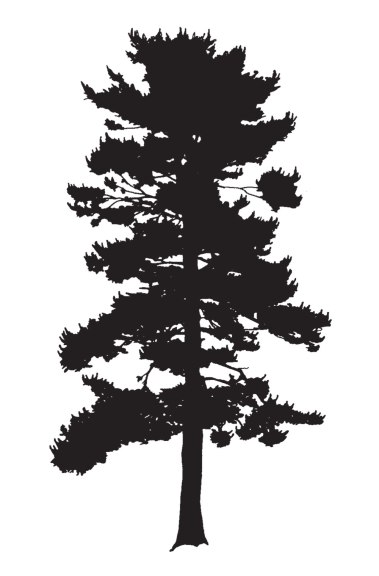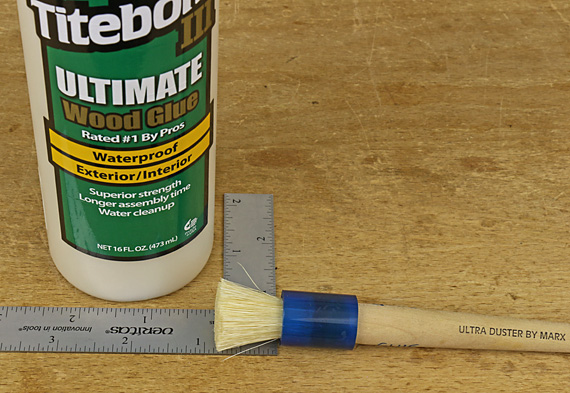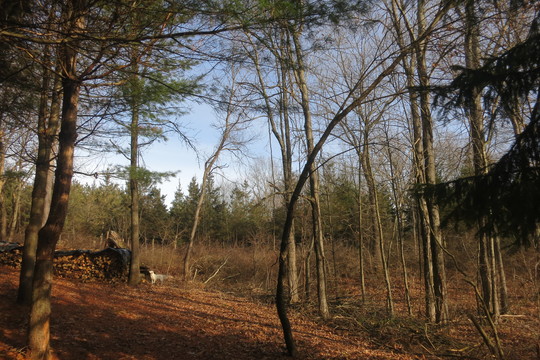
White Pine (Pinus strobus) 100′ (30m) tall
An excerpt from “With the Grain: A Craftsman’s Guide to Understanding Wood” by Christian Becksvoort.

Eastern White Pine Cone
Eastern white pine is also referred to as Northern, soft, balsam or Weymouth pine. The name Pinus refers to the pine family, while strobus means cone. The tree’s natural range is from Newfoundland to Manitoba, south to Wisconsin and Iowa, and east to the Appalachians down to Georgia. Ordinarily it reaches heights of 80′-100′ (24-30 m). Old king’s broad arrow pines, used for masts in the royal navy, sometimes grew to more than 200′ (60 m). White pines can reach 400 years of age.
Pines, like most conifers, grow a straight central trunk. The branches of white pine grow almost horizontally, usually in groups of five. The pine shoot borer, an increasing pest in pine-growing areas, kills the leader, forces one of the branches to take over as leader and results in deformed or multiple trunks. Pine needles are 2″-5″ (5-12.5 cm) long, grow in bundles of five, and are surrounded by a papery sheath at the base which drops off after the first season. White pine cones are 4″-8″ (10-20 cm) long, fairly thin, quite flexible and take two years to mature. The bark forms gray scaly ridges.

Eastern White Pine Bark
Sapwood of white pine is pale yellow-white. Heartwood is cream to light reddish-brown when freshly sawn, turning to a warm reddish-brown on exposure to air and light. Old, clear heartwood is often referred to as pumpkin pine. The wood contains a fair amount of pitch. It is generally straight, even grained and light, with a density of 25 lb/ft3 (.39 g/cc) at 12 percent MC. It is a real workhorse in most shops, used for jigs, braces and mock-ups. As a pattern wood it has no equal. Quartersawn white pine is the most well behaved of all the native woods. Pine’s ease of sanding, chiseling and planing makes it an ideal secondary wood. When used as such, it fills the entire interior of a chest or cabinet with a clean, woody odor. It is also used as a primary wood. Most of New England’s painted antiques are constructed of white pine. Shellac over the knots prevents the pitch from bleeding through. Perhaps it appears at its best when left raw, or oiled to age naturally.
— Meghan Bates
Filed under: With the Grain
![]()
SOURCE: Lost Art Press – Read entire story here.




